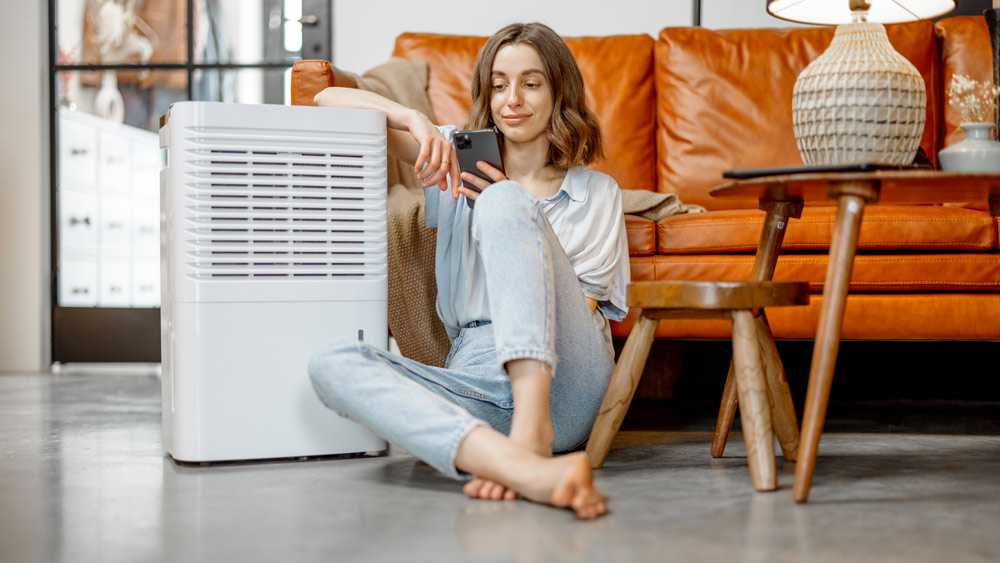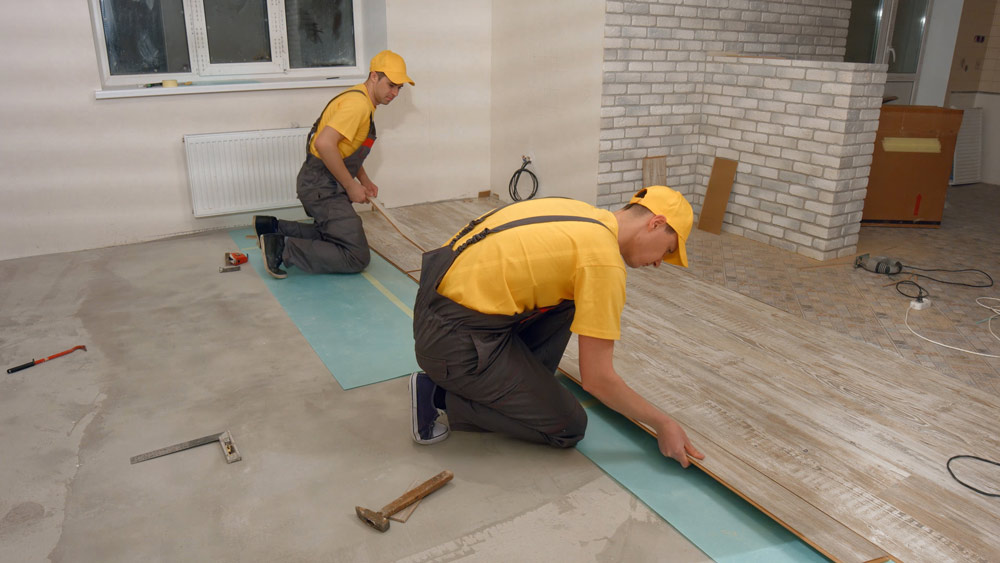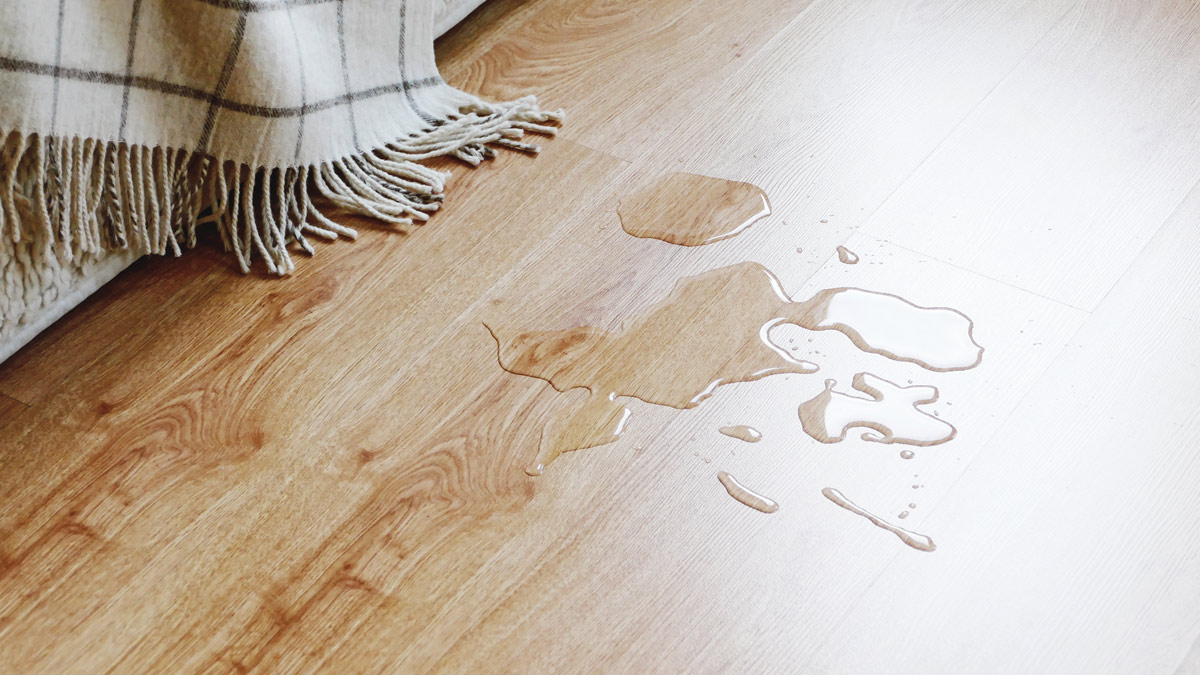Along with most types of wood, moisture may lead to disastrous effects on your flooring, including cracks, color variation, mold and more. In this blog, we will delve deeper into how moisture affects the flooring, ways to prevent moisture damage, and steps to take if you suspect moisture has damaged your floors.
Preventing moisture damage on floors
These are crucial to learn about for your floors. Below, we’ll discuss a few tips & tricks for preventing moisture damage.
1. Keep humidity levels in check
It’s important to keep your home’s humidity levels between 30-50%. You can use a hygrometer to measure the humidity levels in your home and adjust accordingly.
2. Fix leaks promptly
In this regard, this one is obvious, however, any water leakage or leaks should be handled as soon as possible to prevent moisture from seeping into your floors.
3. Use a dehumidifier
In water-related rooms (kitchen, bathroom, pools, etc.), too much humidity may be a problem. Leading to a simple answer of adding a dehumidifier.

Woman sitting near air purifier
4. Install a vapor barrier
Here’s a unique method for flooring. A vapor barrier, installed beneath your floors may also prevent moisture from seeping into the subfloor. These can be especially helpful in any water leaks or leaks that happen while not being home. Going back, a vapor barrier is a thin layer of plastic or foil that is placed between the subfloor and the flooring material.
What to do if moisture damage has occurred?
There are a variety of reasons why moisture damage may occur. Below, we’ll discuss what to do if it has occurred already. Please note that for each type of flooring (laminate, cork flooring, timber, etc.) there are different steps you should follow.
1. Identify the source of the moisture
The first step going forward is to identify the source of the moisture and fix the problem. This is the most important, as the more damage the worse. This could be fixing broken leaks, repairing pipes, or improving ventilation in damp areas of your home, and dozens more.
2. Remove any previously damaged flooring
To make this longer, you may want to consider adding more details or elaborating on certain points. For instance, when removing damaged flooring, it’s important to wear protective gear such as gloves and a mask to avoid any potential hazards. Additionally, for certain scenarios and cases using tools such as a pry bar or a circular saw may benefit the person in regards to removing the damaged pieces. Be heavily careful as a few wrong moves may destroy your flooring completely.
3. Install new flooring
Once the subfloor is dry, you can install new flooring such laminate, timber flooring, or viny flooring, ensuring that it is properly levelled. It’s important to note that if the damage is extensive, you may need to contact a professional flooring team to repair your floors.

Men laying new laminate flooring
Conclusion
Moisture can have a significant impact on floor levelling, causing problems that may require costly repairs. Understanding more about moisture & the damages it may cause allows you to be a better homeowner, as well with more knowledge never hurts. If you are interested, MA Flooring in Melbourne offers all these tips & tricks along with full guidance and offers a variety of flooring options.

